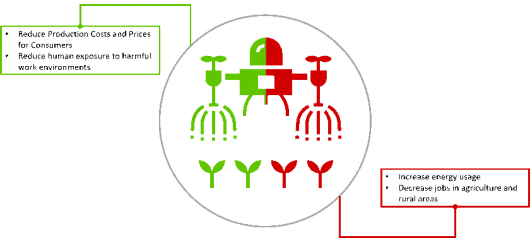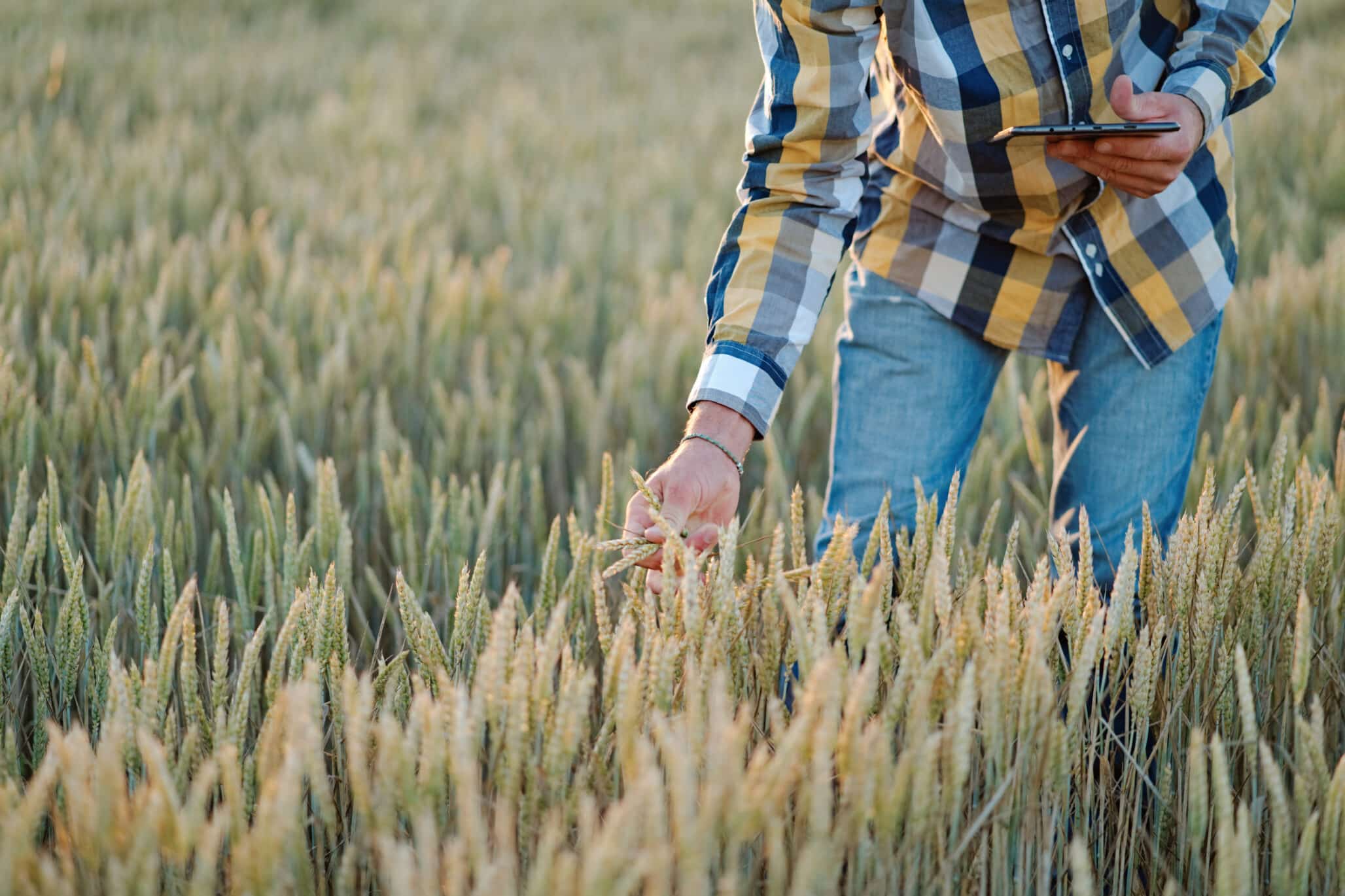Emerging technologies for food systems, however optimistic, all have some potential negative trade-offs. This is pointed out in a new international study in which WUR also participated. “We have to find the best way to achieve all Sustainable Development Goals at the same time.”
Humanity faces the grand challenge of reconfiguring food systems to deliver healthy diets that are accessible to all people while safeguarding planetary health. However, producing more and healthier food more sustainably will not, on its own, ensure human well-being. Other crucial social and environmental challenges must also be addressed such as reducing poverty, providing education and healthcare for all, and conserving biodiversity.
Interlinked challenges
These interlinked challenges are embodied in the 2030 Agenda for Sustainable Development, aiming to achieve 17 Sustainable Development Goals that include No Poverty, Zero Hunger and sustainable Life on Land, by 2030. There are many synergies between the different goals but also potential trade-offs that need to be managed.
“We need to find the best way of achieving these goals simultaneously”, says Hannah van Zanten, associate professor at the farming systems ecology group at Wageningen University & Research (WUR). “New technology and innovation, be it the tractor or the freezer, have transformed the ways we grow, process, and consume food time and time again. Emerging technologies have great potential to improve our food system for the better, but they can also have unintended consequences.”
New technology can help…but at what cost?
In two international studies led by professor Mario Herrero of the Australian CSIRO Institute and published in The Lancet Planetary Health and Nature Food, Van Zanten and fellow scientists have mapped the potential impacts and interactions of emerging food system technologies in relation to the Sustainable Development Goals (SDGs).
For example, while automation may reduce the labour and agrochemical costs of food production and processing, it may increase energy costs (see figure). Similarly, automation may reduce human exposure to harmful agrochemicals and dangerous equipment, but it may also decrease the number of jobs in agricultural production, resulting in more urban migration and greater urban unemployment and poverty, and ultimately in social conflict in the absence of adequate social support.

The study also highlights the interlinkages associated with innovation. A host of socio-cultural, behavioural, economic, and political factors can either enable or inhibit the uptake of new technology and direct its use towards or away from more socially and environmentally acceptable outcomes.
How do we prevent innovation from increasing inequality?
“Our analysis found that that while new technologies may help achieve many of the Sustainable Development Goals, such as SDGs 2 (Zero hunger), 3 (Good health and wellbeing) and 15 (Life on land), they could compromise other goals, such as SDG 8 (Decent work and economic growth) and 10 (Reduced inequality)”, said Dr Philip Thornton, co-author and flagship leader for the CGIAR research program on Climate Change, Agriculture and Food Security.
The authors make clear that these results are indicative only, but they highlight that change and innovation have always come with trade-offs that that need to be managed.
Van Zanten: “We are on the verge of a new agricultural revolution. Food system innovations need to be guided by science-based targets to avoid negative trade-offs and rebound effects. Now is the time to start scaling the great spectrum of existing sustainable food innovations around the world, and learn by doing, to rapidly establish what works and what doesn’t.”
Source: Wageningen University & Research












